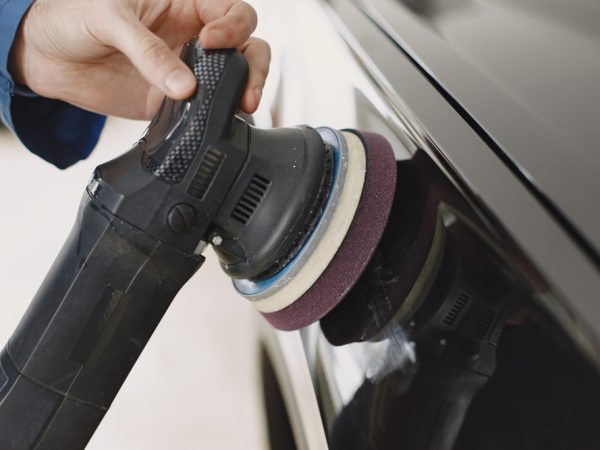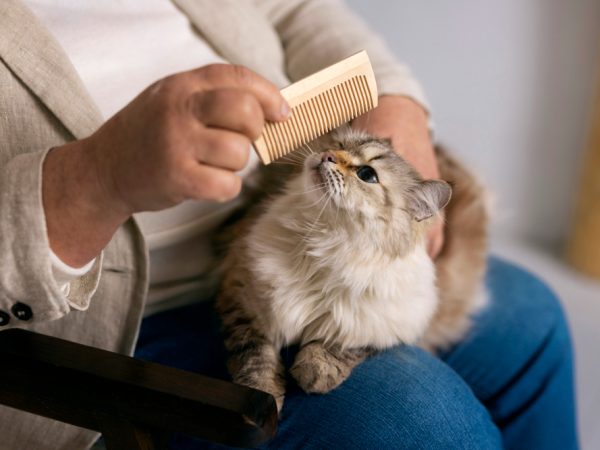Discovering a scratch on your car can be a frustrating experience, whether it’s a minor blemish or a more noticeable mark. Fortunately, there are several methods you can use to fix a scratch on your car and restore its appearance. In this article, we’ll explore various techniques and tips for repairing car scratches, helping you navigate the process with confidence and ease.
Determining the Severity of the Scratch
Before attempting to fix a scratch on your car, it’s essential to assess the extent of the damage. Inspect the scratch carefully to determine whether it has penetrated the clear coat, reached the underlying paint layer, or exposed the bare metal. Minor surface scratches that only affect the clear coat can often be repaired with simple techniques, while deeper scratches may require more extensive treatment. By understanding the severity of the scratch, you can determine the most appropriate repair method.
A Convenient Option for Minor Scratches
For minor surface scratches and blemishes, DIY scratch repair kits can be a convenient and cost-effective solution. These kits typically include specialized products such as rubbing compounds, polishing pads, and clear coat touch-up pens designed to blend and repair shallow scratches. To use a DIY scratch repair kit, clean the affected area thoroughly, apply the appropriate products according to the manufacturer’s instructions, and carefully buff and polish the scratch until it blends seamlessly with the surrounding paint.
Expert Solutions for Deep Scratches
For deeper scratches or scratches that have penetrated the paint layer, professional detailing services may be necessary to achieve optimal results. Professional detailers have the expertise, tools, and materials to assess the damage accurately and perform precise repair work. Depending on the severity of the scratch, professional detailing services may involve techniques such as wet sanding, color matching, and clear coat application to restore the affected area to its original condition. While professional detailing services may incur additional costs, they can provide superior results for more challenging scratch repairs.
Concealing and Blending Deep Scratches
Touch-up paint can be an effective solution for concealing and blending deep scratches that have penetrated the paint layer. Automotive touch-up paint is available in various colors and formulations to match your car’s paint precisely. To use touch-up paint, clean the scratched area, apply the paint carefully using a fine brush or applicator, and allow it to dry completely. Once dry, gently sand and polish the repaired area to blend the touch-up paint with the surrounding paintwork, creating a seamless finish.
Addressing Scratches with Dents
In cases where scratches are accompanied by dents or indentations in the car’s body panels, paintless dent repair (PDR) may be the most appropriate solution. Paintless dent repair is a technique that involves manipulating the metal from behind the dent to restore its original shape without the need for painting or refinishing. PDR is particularly effective for minor dents and creases caused by hail, parking lot mishaps, or minor collisions. By addressing both the dent and the accompanying scratches, paintless dent repair can restore the affected area to a smooth and uniform appearance.
Restoring Your Car’s Pristine Appearance
In conclusion, fixing a scratch on your car is a manageable task that can be accomplished with the right tools, techniques, and attention to detail. Whether you opt for a DIY approach using scratch repair kits or enlist the expertise of professional detailers, there are various options available to restore your car’s appearance and protect its resale value. By assessing the severity of the scratch, choosing the appropriate repair method, and following the necessary steps with care and precision, you can effectively repair scratches and maintain your car’s pristine appearance for years to come.




